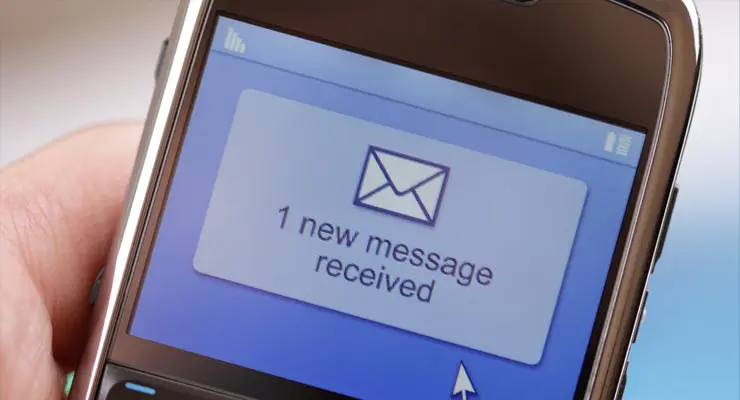If you're like most marketers, you hate leaving voicemail messages. What if the person doesn't call back and it's all for nothing?
It's a valid concern, but there are ways to make your voicemails more effective. You can still get people to respond without sounding like an annoying telemarketer. It just takes some knowledge of how answerers think and work on crafting an effective message. Answerers use different parts of their brain than voice mail users, so you need to take that into account when recording your messages. Use these tips when creating your [marketing] messages:
1) Only leave short messages: Most respondents use 7 seconds of the 10 available seconds to decide if they're going to answer your call. If you can't get your message across in that amount of time, then you'll probably lose them, and it's just a waste.
2) Keep messages simple: Answer machines have lots of noise on them -- the sound of other phones ringing, dogs barking, kids screaming -- so focus on keeping things simple because people won't hear much detail anyway. Quickly introduce yourself and what you want so they don't decide not to pick up based on accents or background noise. Keep voicemails under a minute long whenever possible.
3) Let your voicemail do the work: Many people don't like picking up calls they don't know because it can be awkward. With voicemail, you're not forcing them to talk; you're letting the menu options and their curiosity lead them into taking action. If someone wants to hear more after listening to your message, they will pick up the phone or call back.
4) Always leave an option for follow-up: People are busy, so if they want to learn more about what you have to offer but can't take a call at that moment, give them multiple options for how best to reach you again so they feel comfortable contacting you later when it's convenient for them. You can even suggest a time when it's best to call you.
5) Don't be afraid of silence: It goes against everything we are taught about telephone etiquette, but sometimes silence is your best friend. If someone isn't saying anything after you've left a voicemail, that might mean they're just typing down your number for future reference. Using an option like "if I don't hear back from you soon, I'll try again" will only make them feel hurried and stressed out. So let them have some time to organize their thoughts without feeling pushed by you.
And when all else fails...
6) Be yourself: If this is too hard (and sometimes even when it's not), just be yourself! The best thing about leaving voice messages is that people aren't there to judge you in real time; they're giving you their attention in a passive way. You don't have to worry about facial expressions or intrusive thoughts, so take a deep breath and leave a message the way you normally speak to people. They'll appreciate it.
In essence, treat voicemail messages as if they were phone calls -- with one small twist: You want your messages to be brief because that's how answerers think, especially when they're prompted by an answer machine prompt. If you keep those pieces in mind as you craft your messages, you should have great success using voicemail drops for marketing purposes.

